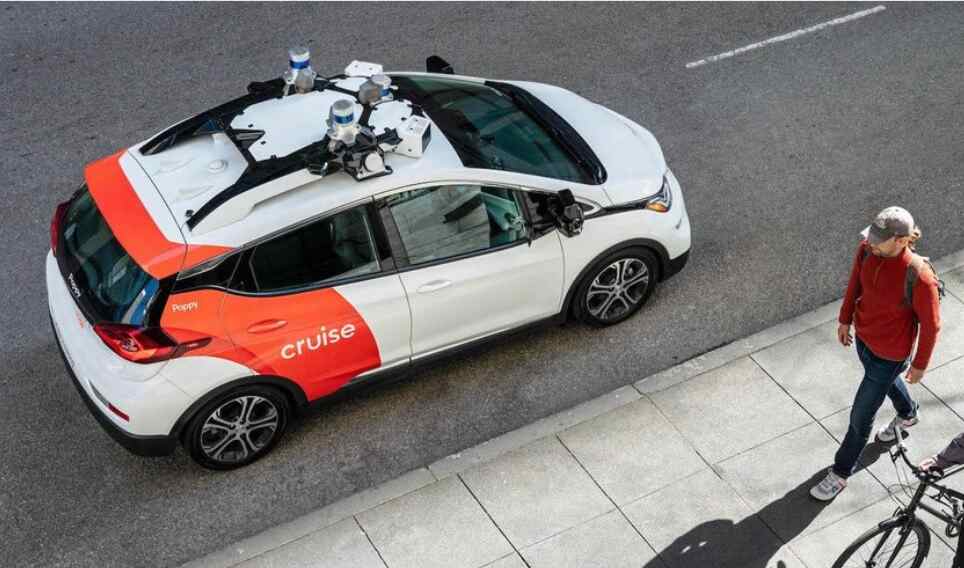GMs Cruise says it reached the robotaxi industry’s first labor agreements, a significant milestone as unions and robotaxi firms have historically been at odds. The company partners with two local San Francisco union chapters representing electrical workers and janitors, the International Brotherhood of Electrical Workers Local 6 and Service Employees International Union Local 87. The pacts will allow dozens of workers to train and work in Cruise vehicles and support operations.
The move comes as Cruise loses money, even after it began charging for its driverless taxi rides in San Francisco earlier this year. The automaker is burning about $5 million daily as it attempts to turn its autonomous car technology into a profitable business.
GM self-driving unit is hoping to expand its fleet and services beyond San Francisco in the future. However, that could depend on how satisfactorily the company answers questions from the National Highway Traffic Safety Administration, which has raised concerns about some cars in use. The agency is probing why 13 Cruise Bolt robo-taxis suddenly stopped in June in San Francisco, asking the company to explain what software and hardware modifications it might have made since then.
NHTSA also wants to know how the car performs when driving at higher speeds, which are more hazardous for passengers and other road users. It also wants to see what kinds of tests Cruise does to determine how the Origins would do in crashes. NHTSA oversees safety guideline standards for regular motor vehicles but has not ruled on whether to apply those rules to self-driving vehicles like the Cruise Origin.
Cruise is working to answer NHTSAs questions, a person familiar with the company said. The company has also sent NHTSA a detailed plan for testing the Origins in various conditions, including at speeds up to 60 mph. The person said that the company wants to have NHTSA approve the plan so it can get the cars on the road.
If the NHTSA approves GM’s plan, it will likely take months to a year before Cruise has enough cars for a fully commercial operation. That could be accelerated if it gets approval from the city of San Francisco to operate its fully driverless cars without a human operator at the wheel.
Until then, the company will continue to rely on humans to drive its supervised fleet of Chevrolet Bolts for its ride-hailing business. Cruise plans to begin offering those trips in Dallas and Houston soon, while a human will be on board the vehicle to ensure its safety. The company has applied for a permit to start charging for its fully driverless rides with the Origin in San Francisco. Rival Alphabet Incs Waymo is in the same limbo, waiting for the California Public Utilities Commission to permit it to offer its own fully driverless cars on the streets of a major city.



